Đừng bỏ lỡ những tính năng hấp dẫn của Baitap365.com
Từ vựng Unit 6 Tiếng Anh 5 Global Success
Từ vựng chủ đề những địa điểm trong trường học và chỉ đường.
UNIT 6. OUR SCHOOL ROOMS
(Những căn phòng trong trường học của chúng ta)
1.
(n) phòng nhạc
We learn music in the music room.
(Chúng tôi học âm nhạc ở phòng nhạc. )

2.
computer room /kəmˈpjuːtə/ /ruːm/ 

(n) phòng máy tính
We learn IT in the computer room.
(Chúng tôi học tin học ở phòng máy tính. )
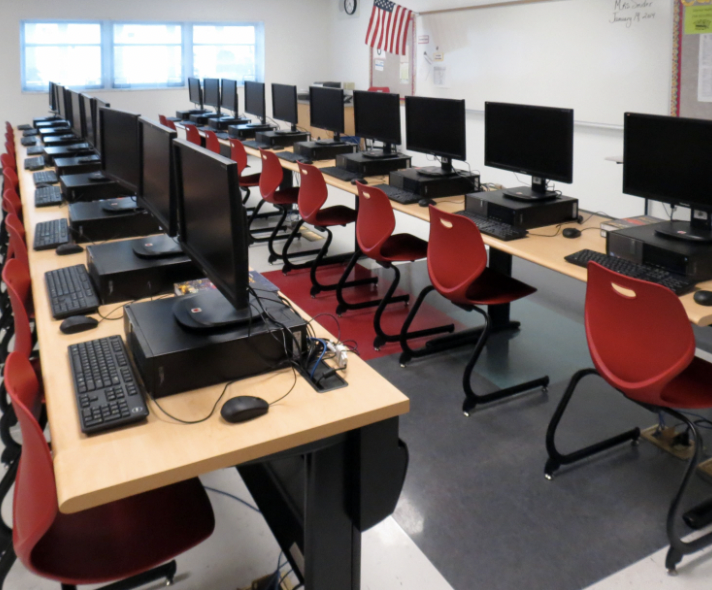
3.
(n) thư viện
I like reading books in the library.
(Tôi thích đọc sách ở thư viện. )
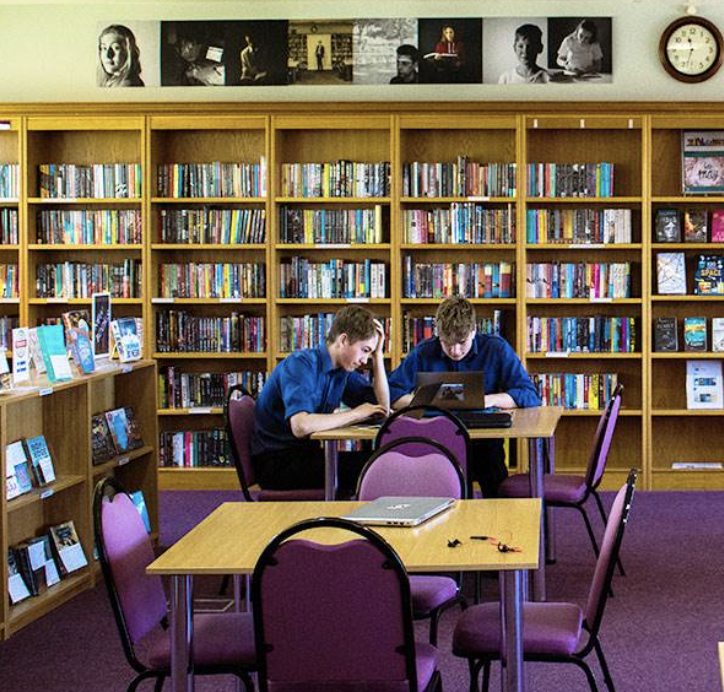
4.
(n) phòng mỹ thuật
We learn art in the art room.
(Chúng tôi học môn mỹ thuật ở phòng mỹ thuật. )
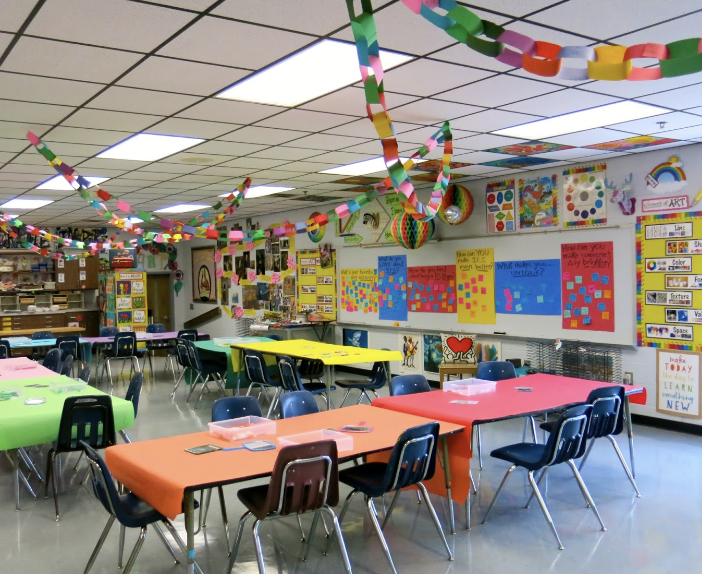
5.
(n) tầng trệt
My room is on the ground floor.
(Phòng của tôi ở tầng trệt. )
6.
(n) tầng 2
The art room is on the second floor.
(Phòng mỹ thuật ở tầng 2. )
7.
tầng 2
The art room is on the second floor.
(Phòng mỹ thuật ở tầng 2. )
8.
9.
(v phr.) đi lên tầng
Go upstairs and turn left.
(Đi lên tầng và rẽ trái. )

10.
go downstairs /ɡəʊ ˌdaʊnˈsteəz/ 

(v phr.) đi xuống tầng
Go downstairs and turn right.
(Đi xuống tầng và rẽ phải.)
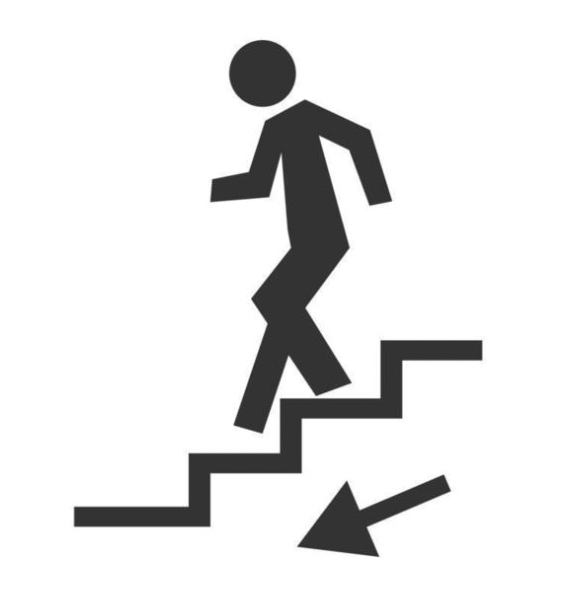
11.
(v phr.) đi dọc theo
Go along the corridor and you will see the art room.
(Đi dọc theo hành lang rồi bạn sẽ thấy phòng mỹ thuật. )
12.
(v phr.) đi qua
Go past the library and turn right.
(Đi qua thư viện và rẽ phải. )
13.
(n) hành lang
Go along the corridor and you will see the art room.
(Đi dọc theo hành lang rồi bạn sẽ thấy phòng mỹ thuật.)

14.
(v phr.) rẽ phải
Go past the library and turn right.
(Đi qua thư viện và rẽ phải.)
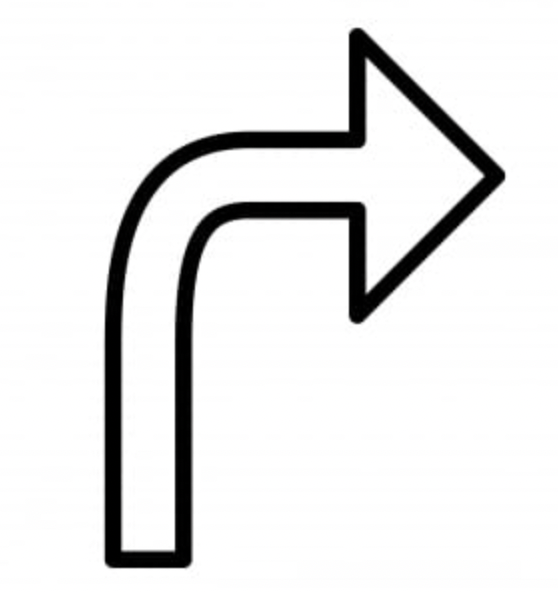
15.
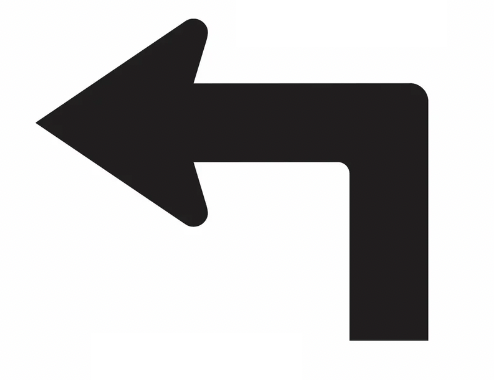
Mẹo tìm đáp án nhanh
Search Google: "từ khóa + baitap365" Ví dụ: "Bài 5 trang 13 SGK Vật lí 12 baitap365